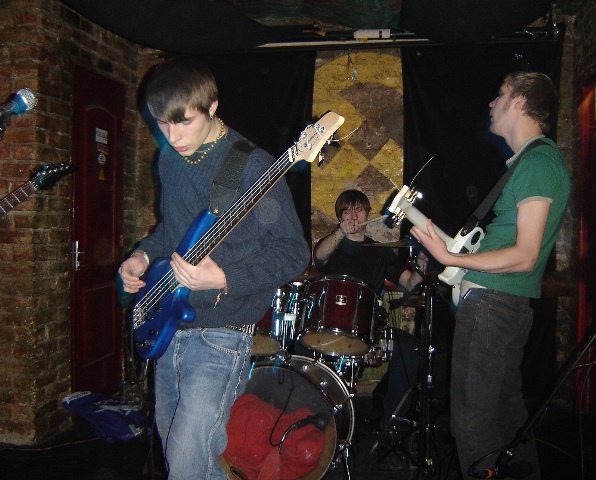Why were 19th century larrikins a phenomenon unique to Australia?
How would we understand the 1960s without the Beatles and their ardent fans?
What did American grunge mean to British youth in the early 1990s?
These are just a few of the questions to be explored at a series of youth culture histories seminars hosted by the Griffith Centre for Cultural Research at South Bank from March 11.
Centre Director, Professor Andy Bennett says youth culture has become inseparable from the way we understand contemporary history and social change.
“Young people’s lives have helped shape the course of history and this is what is so fascinating about their influence on popular culture,’’ he said.
Sociologist and co-organiser Dr Christine Feldman-Barrett said studies concerning youth culture had traditionally focused on theoretical and ethnographic accounts of contemporary young people and their leisure practices.
“But what we are seeing today is an emergent group of scholars from varying disciplines who have started to position youth at the heart of cultural history,’’ she said.
“It is little wonder, as the timeline of ‘post-war youth cultures’ now extends back more than 60 years.
“Publications like Jon Savage’s Teenage: The Creation of Youth Culture (2007) and myforthcoming book, Lost Histories of Youth Culture, both underscore the fact that popular youth practices have their origins in the 19th century and, arguably, even earlier.”
The Youth Culture Seminar Series brings together an international cohort of scholars from cultural studies, sociology, history and film studies who will speak to both ‘youth culture history’ and ‘youth as cultural history.’
WHAT: Youth Culture Histories Seminar Series
WHEN: Tuesdays on March 11 & 25, April 8 and 29, & May 13 and 27
WHERE: Rm. 2.19, Griffith Graduate Centre, South Bank
